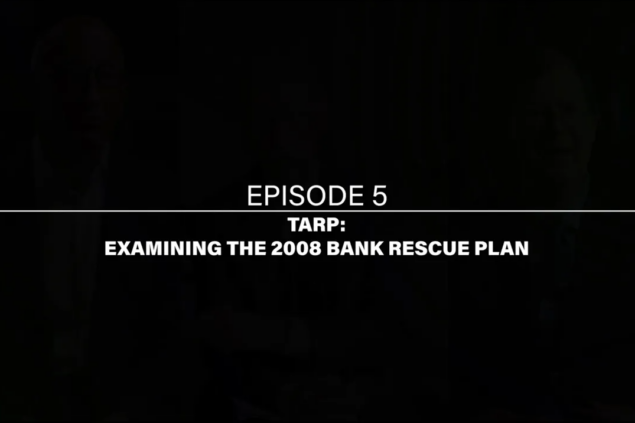Quarles’ Conundrum of Bank Supervision
Wayne A. Abernathy

Without subpoenas, bank examiners routinely poke through the books, records, premises, and operations of chartered banking firms. In fact, examiners are resident—as in, have permanent offices—in the headquarters of the larger banks. They essentially live there. Intrusive examination is the core of bank supervision.
Randal Quarles, Federal Reserve Vice Chairman for Supervision, calling “examination and supervision . . . the bulk” of the Fed’s “ongoing engagement” with the banking industry and “through which our policy objectives are given effect”, recently addressed the American Bar Association’s Banking Law Committee to lay out his thoughts and plans for making bank supervision better.
It is important to understand the difference between bank regulation and bank supervision. Regulation sets the rules, in Quarles’ words, “based on general principles intended to achieve general aims”. However, supervision (of which examination forms part, but only part) is, he noted, an applied exercise “to generate specific effects for specific institutions.”
Quarles then presented a bank supervision “conundrum” for a constitutional republic. Rules and regulations are created in a very public and general process governed by the Administrative Procedure Act. By contrast, supervision, he explained, “is currently not subject to any specific process constraint promoting publicity or universality.” Supervision, he found, “sits uncomfortably with the responsibilities” of a government such as ours.
The Vice Chairman for Supervision explained it further this way:
We have a public interest in a confidential, tailored, rapid-acting and closely informed system of bank supervision. And we have a public interest in all governmental processes being fair, predictable, efficient, and accountable.
Facing the conundrum of that structural tension, Quarles asked, “How do we square this circle?” In providing a partial answer, he announced to the Bar, “Evaluating this question will be a significant focus of mine going forward.” Whereupon he invited from the public, “much discussion in many fora”.
As an effort to stimulate that discussion, the Vice Chairman presented several supervision policy and process reform ideas, focusing on transparency, clarity, fairness, tailoring, practicality, and order. This last term refers at least in part to a reemphasis of the proper role of guidance in supervision.
Recognizing that “significant guidance, though nonbinding, can still have a material impact”, he proposed several guidance reforms, beginning with creation of “a word-searchable database” of Fed regulatory interpretations, FAQs, and commentary on all significant rules. Other proposals include more exposure of guidance for public review and comment as well as submitting significant supervisory guidance to Congress per Congressional Review Act procedures.
These and other initial practical ideas merit prompt consideration on the path to implementation. They are incremental steps to harmonizing “the public interest in agile supervision with the public interest in transparency and accountability”. Knowing the powerful cumulative effect of supervision on the banking system over time, Vice Chairman Quarles did not overstate the importance of the effort when he called it, “an ongoing question of high priority”. Happily, more to come, with much discussion.

Author
Former Assistant Secretary for Financial Institutions
U.S. Department of the Treasury
Topic
Financial Services & Corporate Governance
Sponsor
Federalist Society’s Financial Services & E-Commerce Practice Group
The Federalist Society and Regulatory Transparency Project take no position on particular legal or public policy matters. All expressions of opinion are those of the author(s). To join the debate, please email us at [email protected].




